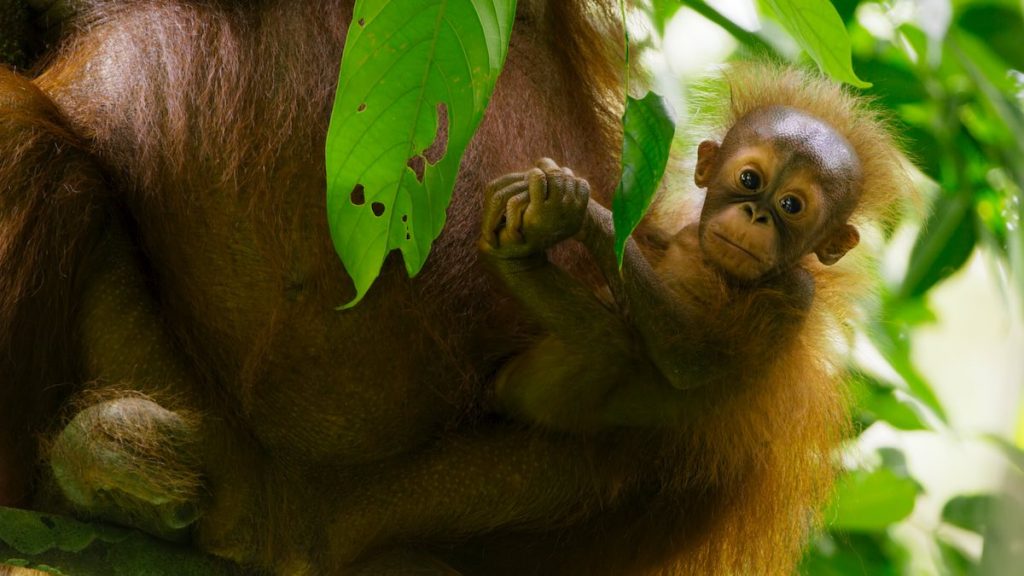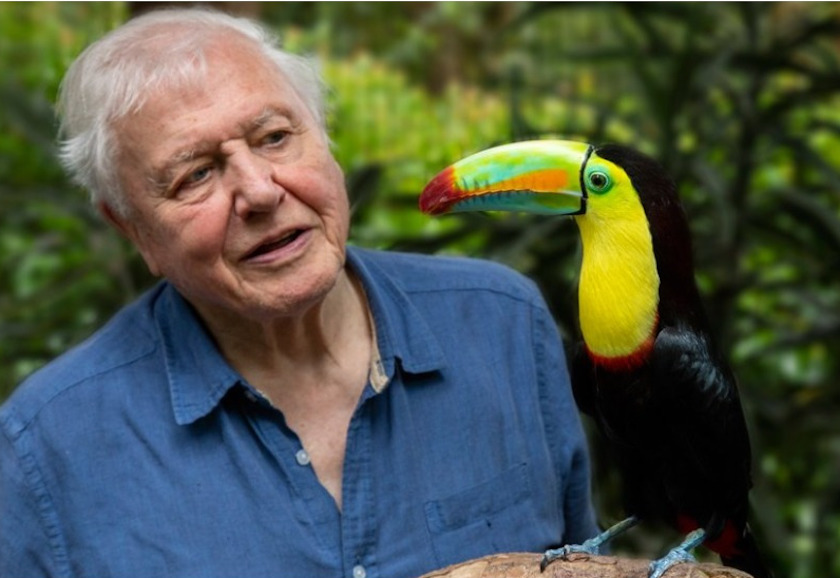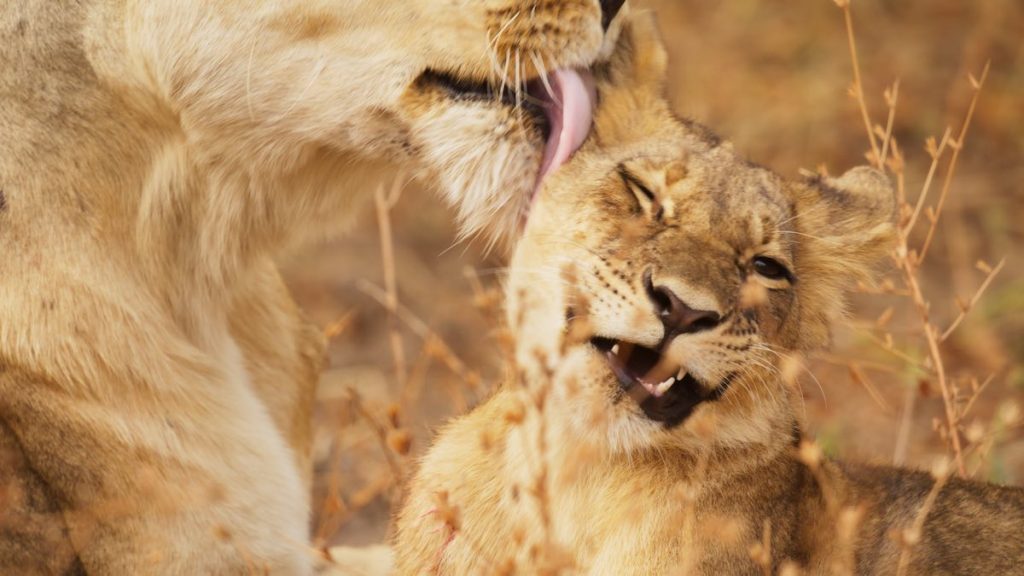
After more than 35 years of operation, TBI is closing its doors and our website will no longer be updated daily. Thank you for all of your support.
TBI Weekly: Why all eyes are on SVOD’s embrace of wildlife TV
Natural history has been evolving at pace over recent years, driven by surging demand from streamers. Stephen Dunleavy, CEO of Humble Bee Films – the producer behind Netflix’s latest entrant in the genre, Wild Babies – tells TBI what’s changed and predicts what the future holds.
Traditionally, natural history programming has been closely associated with public broadcasters like the BBC, NHK and ZDF and thematic channels such as Discovery and National Geographic. But in the last two to three years, it has become clear that this remarkably durable genre also has a pivotal role to play in the rapidly-evolving SVOD landscape.
Corporate recognition
At a corporate level, this is evident in the merger of Warner Bros and Discovery, a recognition that the HBO Max streaming platform is a far more formidable and engaging proposition when it has Discovery’s brand of factual content in the mix.
But it’s also apparent at a commissioning level, where the wildlife genre is experiencing nothing short of a content boom. Disney+, for example, has just greenlit a high end series called Home from the BBC Natural History Unit. And Apple TV+ has also just unveiled another BBC NHU project, Prehistoric Planet, which boasts a musical score by renowned composer Hans Zimmer.
Netflix has also recognised the power of natural history in acquiring and retaining family audiences. At Humble Bee Pictures, we first worked with the global streamer in 2019, on Attenborough’s Life In Colour – a co-production with the BBC.
And right now, Netflix is in the midst of rolling out another of our series Wild Babies. An 8 x 30-minute series, this ambitious production filmed across 16 countries and has Helena Bonham-Carter narrating.
As an independent production company based in Bristol, UK, the fact that we now have a set of well-resourced global customers for our blue-chip shows is commercially exciting. But it has also pushed us in new directions in terms of creativity and innovation.
Alternative approach
Just as in scripted and true crime, the streamers tend to do things a bit differently from their broadcast counterparts. Based on our experience to date, I’d highlight the following key variations:
Faster commissioning: At Humble Bee, we still see a lot of mileage in the traditional wildlife coproduction model. It’s flexible, creatively rewarding and allows indies to retain some rights. But it can be very slow to pull of such deals. The beauty of the streamer model is that decisions are often taken quickly. When Netflix, for example, likes an idea they can move quickly to fund to the required level. This allows producers to keep up the momentum behind an idea they are passionate about.
A thematic perspective: Broadcasters still generally break their natural history shows down into ‘habitats’ – but that’s not really the way we work at Humble Bee. Here, we think the way forward for wildlife programming is to come at subjects with accessible and engaging themes. Netflix was highly responsive to our approach in Attenborough’s Life In Colour and Wild Babies. In both cases, we explored natural history behaviour in a way that attempted to push the envelope on storytelling.
Bingeability: In wildlife programming, there is not usually any concerted attempt to hook audiences into one episode and make them return for the next. But this is what the streaming model is all about. In the case of Wild Babies, we produced 8 x 30 mins in very carefully constructed narrative arcs that ran across episodes, with character cliff hangers at the end of each one. This is by no means new but actually very few shows in the natural history genre attempt to run storylines across multiple episodes; instead they tend towards “closed episodes”. There is a bit of a debate about the “binge-ability” of wildlife programmes – are they to be devoured in one long binge, or are they really more like special rich treats that are to be slowly savoured over time? I would say the latter is more common but perhaps that will change with new forms of storytelling.
Natural History Hybrids: Life In Colour, our Netflix/BBC co-production, was designed as a high-end natural history series. But what was very exciting for me was that we also included an extra episode exclusively for Netflix about the science behind the story. How did we know about the things that the series set out to explore – namely the way animals perceive colour? This more hybrid approach is something streamers like Netflix are keen to experiment with.
Campaigning content: Sometimes all the audience wants from natural history is to sit back and enjoy the show; but I do believe there is more scope for polemical pieces that address issues to do with conservation and the environment. Netflix has made a name for itself with campaigning productions like Seaspiracy – and I think that is to be welcomed. The important thing for producers is not to try and crowbar issues into shows, because that’s a turn-off.
New ecology
The streamers have emerged as an important part of the natural history landscape – bringing a new sensibility to this ever-evolving genre. And as with other genres, we are already seeing broadcasters embrace some lessons regarding narrative and structure. Before signing off, I’d just add a couple more observations about streamers and wildlife.
First, streamers are often talked about in isolation from the rest of the media ecology as if they have appeared magically out of thin air, and in some ways they have.
The fact is they rely totally on the skills and creative craft that have evolved as a result of the traditional broadcast landscape. But as Attenborough’s Life In Colour has shown, the traditional media and the new streaming media can work together in a way that can benefit all.
Secondly, I’m interested in whether high-end natural history can lend itself to the franchising model we’ve seen in other areas of factual TV.
A key strength of wildlife programming is that it has a long shelf-life and good repeatability. But it has never been particularly adept at creating returnable brands that deliver audiences year after year. If any producer is going to crack this conundrum, it will probably be in partnership with one of the global streamers.
Stephen Dunleavy is founder and MD of Humble Bee Films, which he launched in 2009. Prior to that he was a BBC Natural History Unit producer with almost 30 years experience.






